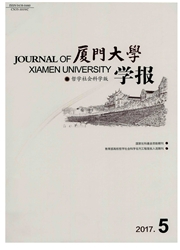

 中文摘要:
中文摘要:
现代投资组合理论是现代金融理论研究的起源和动力之一。经典资产组合选择模型用预期收益率的方差来度量,并同时基于一系列的前提假设。从现代投资理论组合的经典假设入手,沿着逐一放松经典假设这一线索,可以对现代投资组合理论的发展脉络作一个梳理。学者们对经典假设的放松使模型更为接近现实,贝叶斯投资理论、奈特不确定下的投资组合理论以及家庭资产配置理论等研究都取得了丰富成果,大大发展了传统理论。但目前实践运用和理论研究的差距还很大,如何将理论研究成果应用于金融业界实践,是当前亟待解决的问题。
 英文摘要:
英文摘要:
Modern portfolio theory(PT) was one of the motivating and driving forces behind the theorization on modern finance.Classical capital portfolio theory made evaluations by predicting the variance of rates of return on the basis of a series of assumptions.This paper aims at elucidating the route of development modern PT by looking into the classical assumptions of PT and observing how researchers relaxed them one after another.Researchers produced models closer to reality by relaxing those classical assumptions,such as Bayesian PT,PT under Knightian uncertainty,and household asset allocation theory,which have proved very productive and fruitful and enriched the traditional theory of PT.However,there is a huge discrepancy between theory and practice and the question of how theorization can better serve practice in the sphere of finance begs for a solution.
 同期刊论文项目
同期刊论文项目
 同项目期刊论文
同项目期刊论文
 期刊信息
期刊信息
